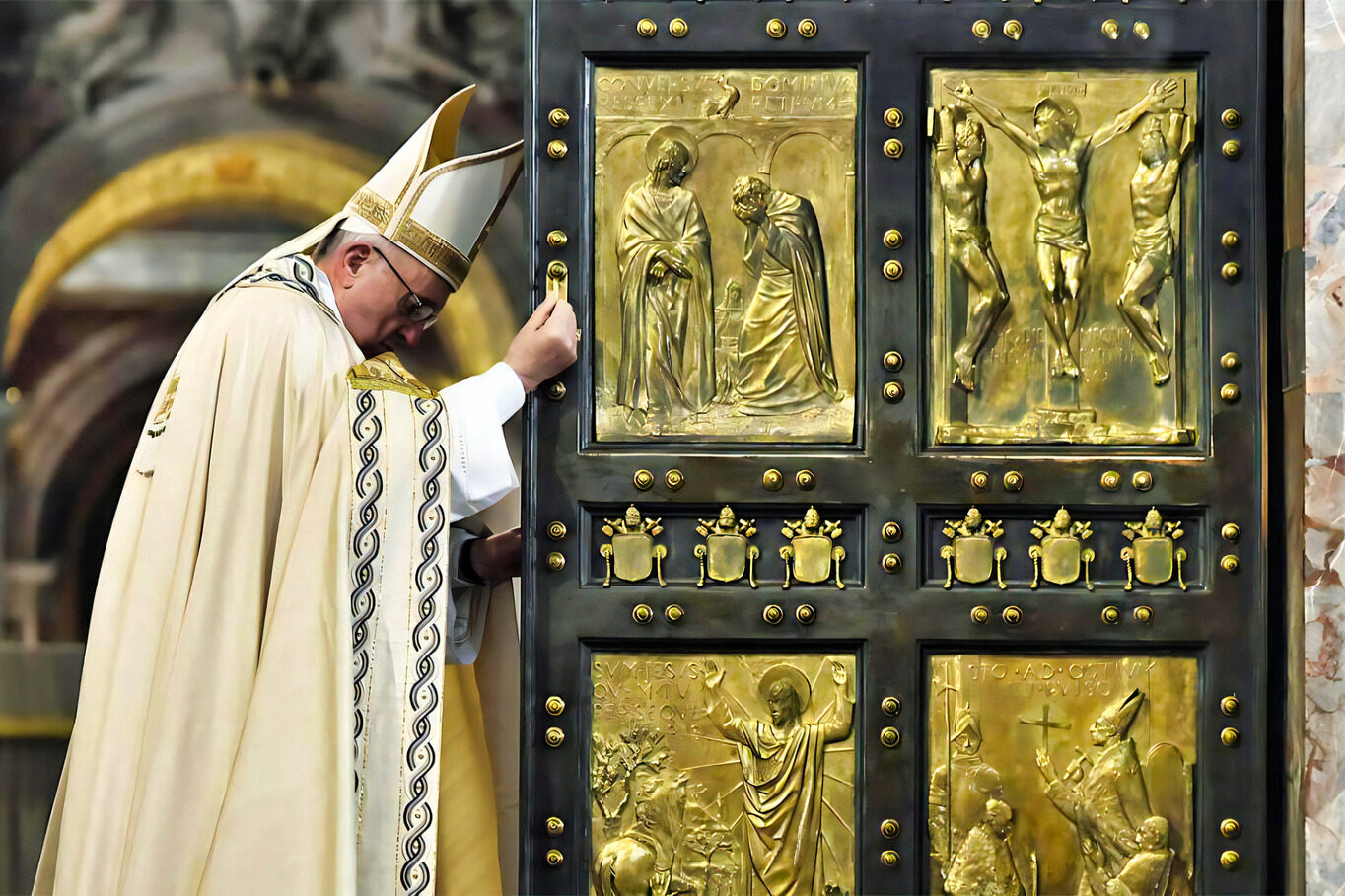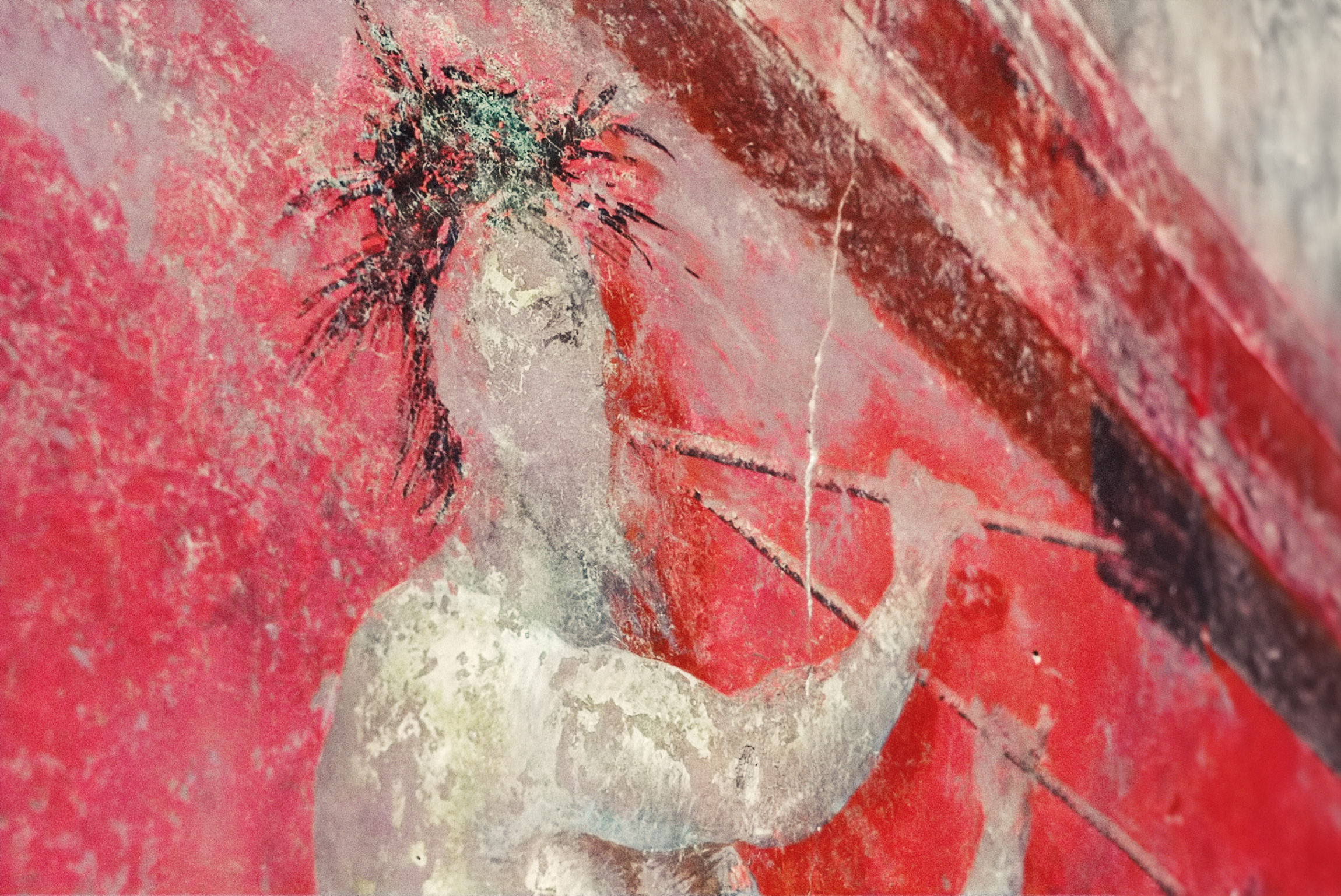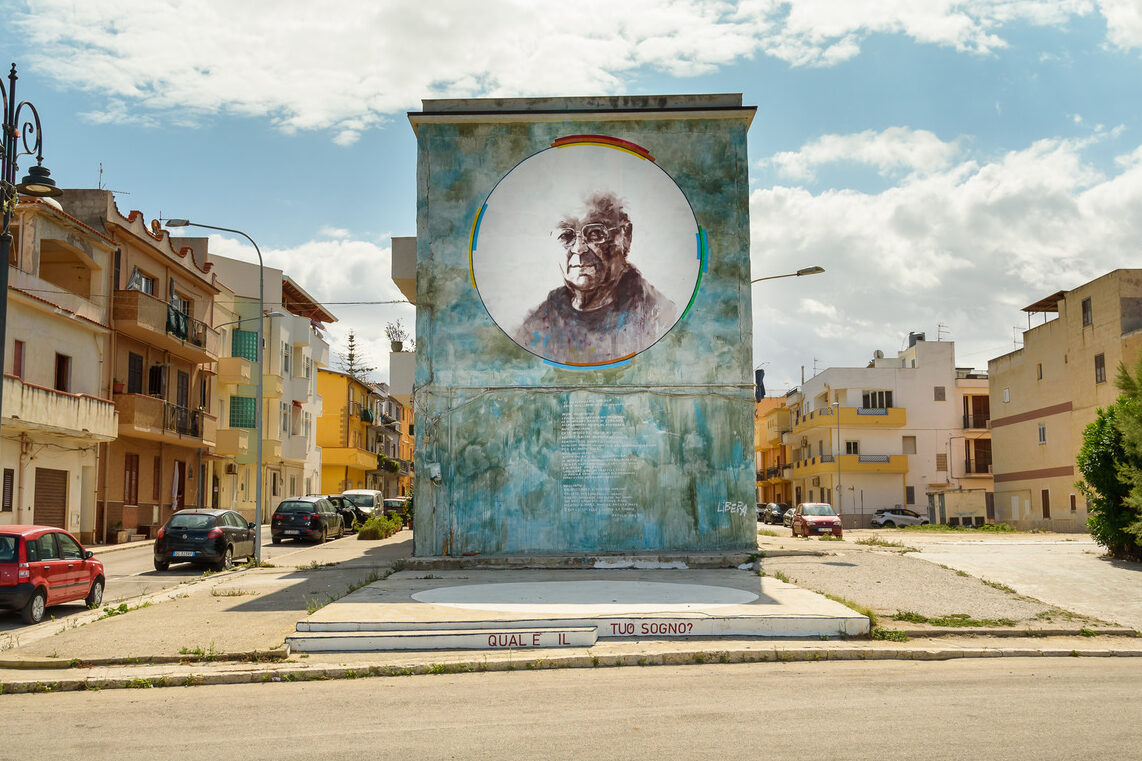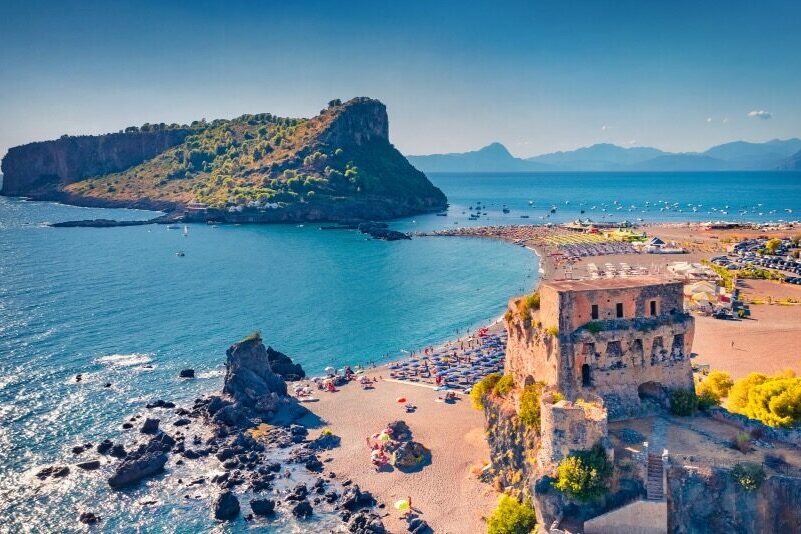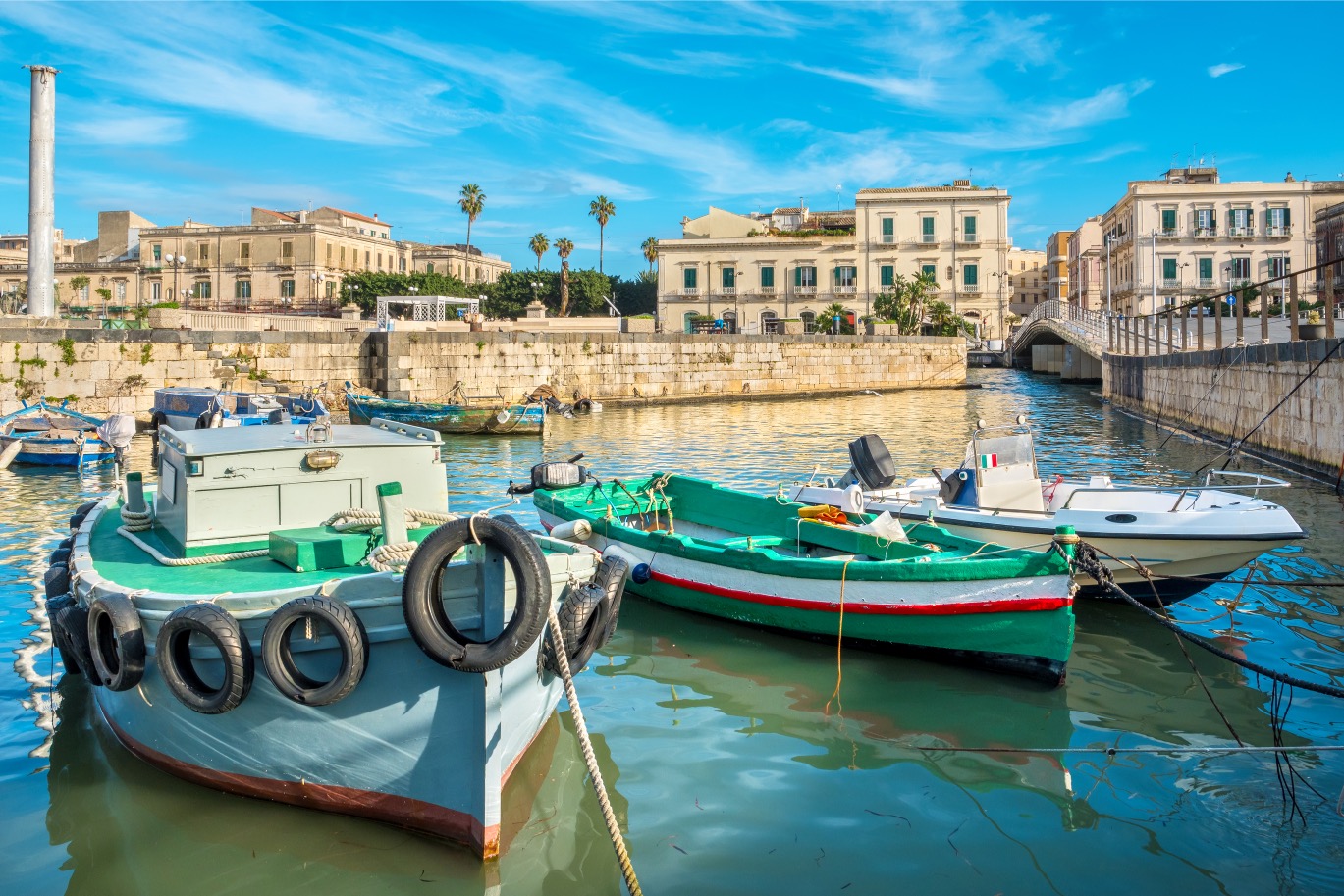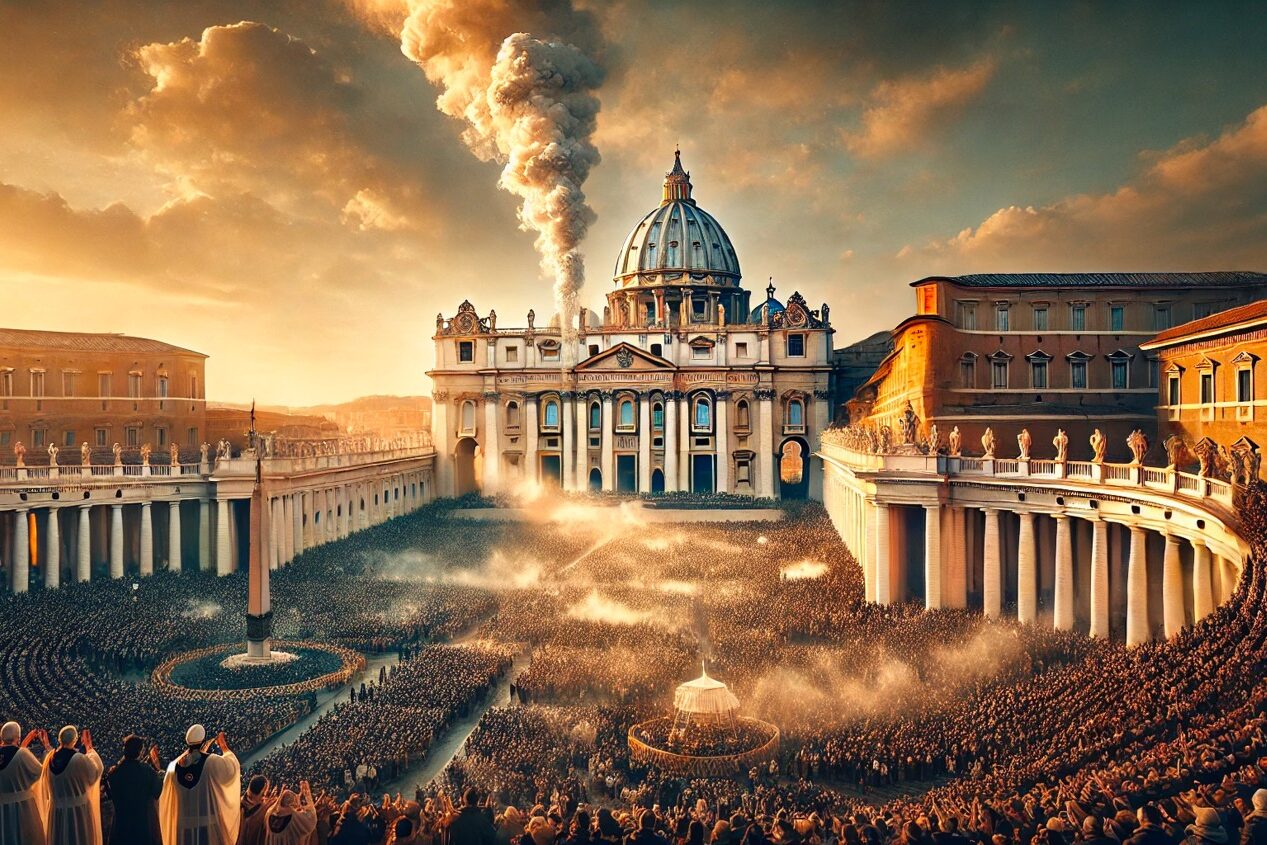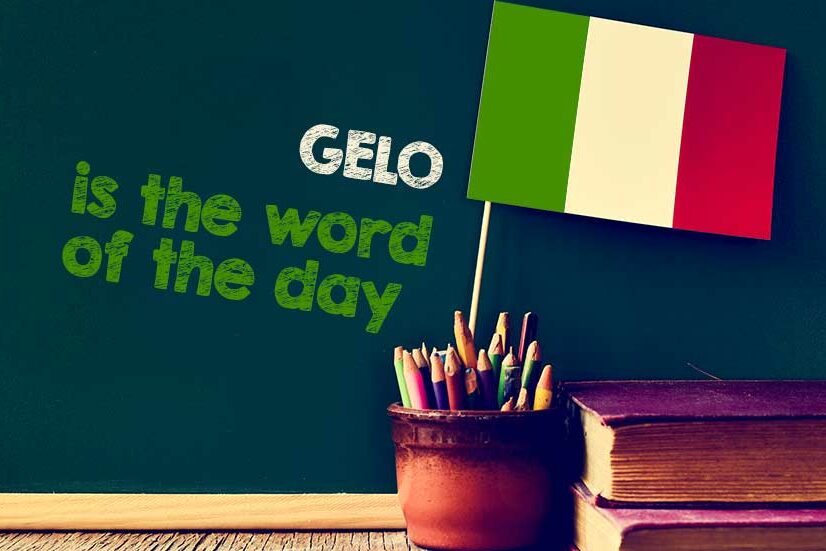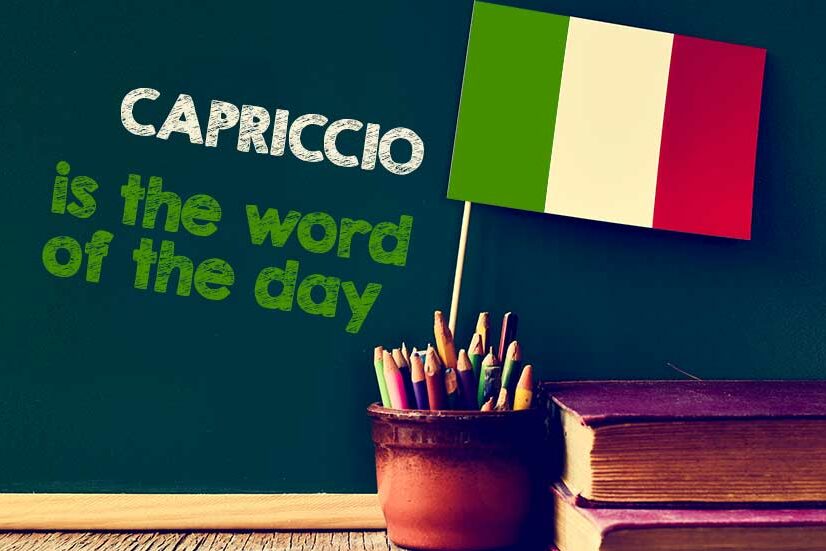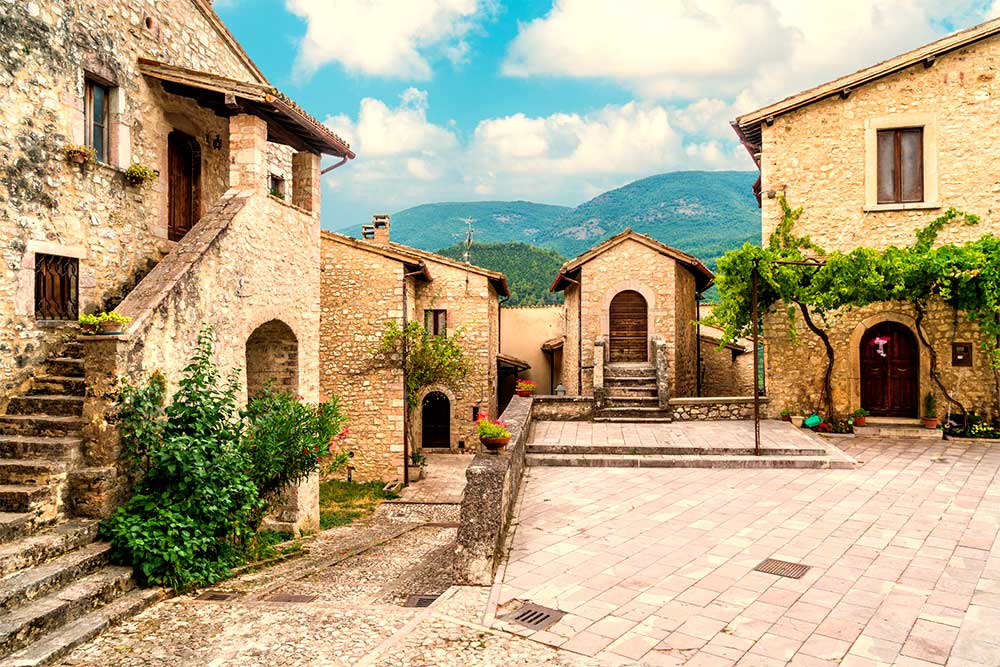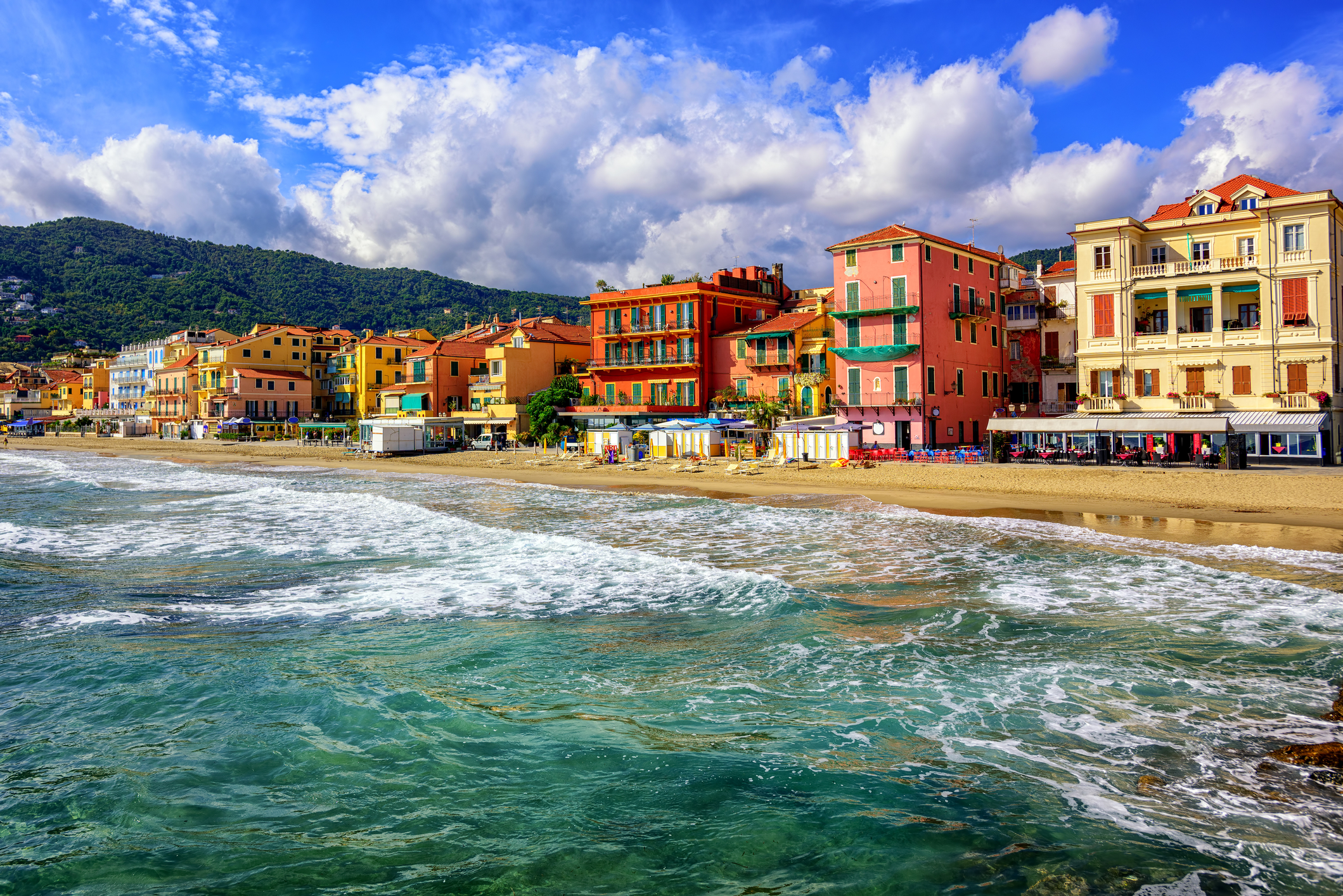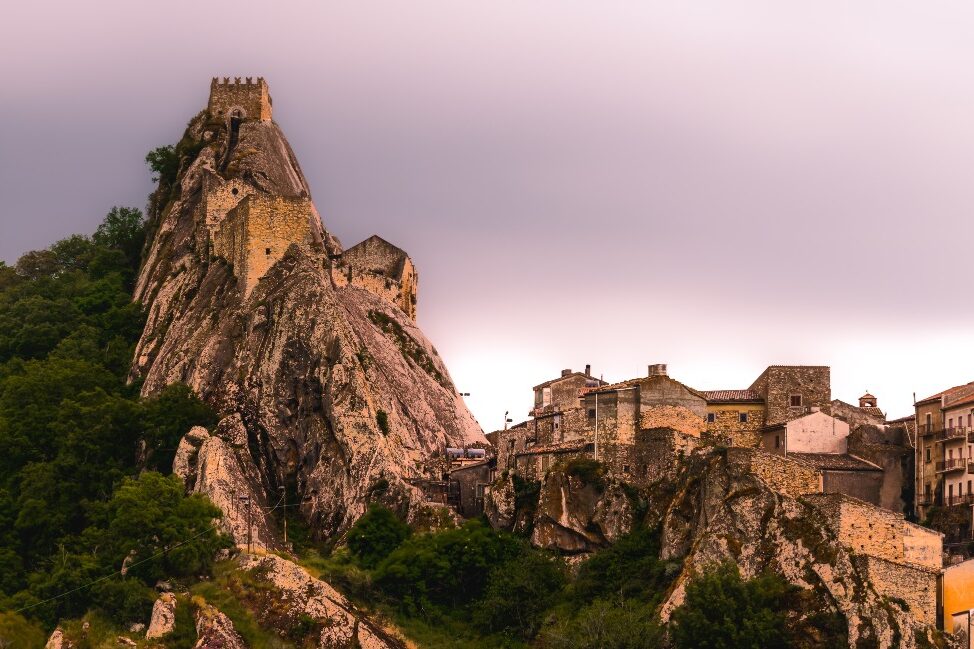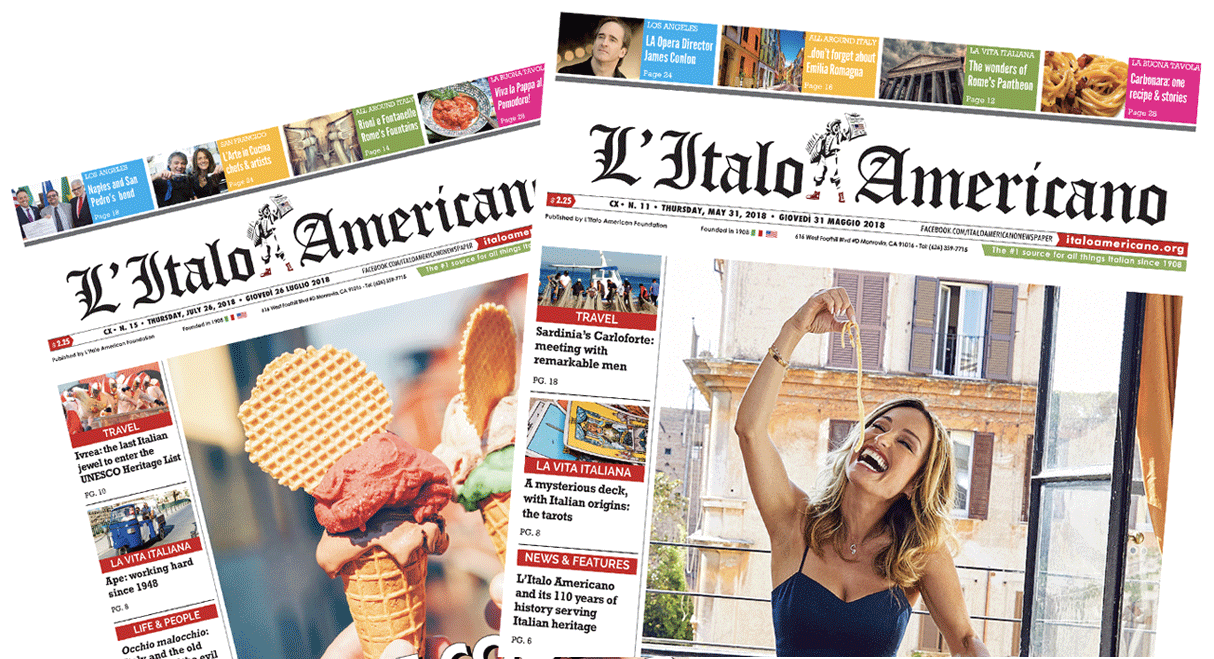A Holy Year. A Jubilee Year— a year of prayer and plenary indulgence for the Catholic Church. Easter, the most theologically significant celebration and the heart of the liturgical year. In the midst of it all, Rome remains an undisputed and privileged destination, especially with the arrival of spring and the first long weekends of the season. This year, the convergence of these two religious events, along with Italy’s secular holidays on April 25th and May 1st, will bring an even greater influx of pilgrims and visitors. For many, what begins as a simple tourist experience or a prelude to summer vacations may turn out to be a far more intense and engaging journey than expected.
The rituals of Holy Week are a major attraction, even for those who are not religious. Palm Sunday, the Washing of the Feet on Holy Thursday, the evocative Via Crucis at the Colosseum, and the grand Mass in St. Peter’s Square celebrating Christ’s Resurrection are all deeply moving moments. However, this year, these ceremonies will take place without Pope Francis, an absence as significant as his solitary presence in St. Peter’s Square during the height of the pandemic. His recent hospitalization, which upended the Vatican’s schedule and the Jubilee calendar, occurred just weeks after the opening of the Holy Door at St. Peter’s Basilica, marking the start of a spiritual journey that takes place every 25 years and calls the faithful from around the world to make a pilgrimage to Rome.

Faith, inner reflection, conversion, and reconciliation—the Jubilee is also a great opportunity for discovery and understanding, particularly from a historical perspective. It commemorates an event that unites Christians and forms a key chapter in the life of the Eternal City, intertwined with ancient traditions and rituals that date back to the dawn of Mediterranean spiritual history. Some scholars trace the practice of dedicating an entire year as “sacred” back 5,000 years to the rulers of Mesopotamia, who would set aside time to erase past debts and allow for a fresh start. However, the true roots of the Jubilee lie in the Old Testament and the Law of Moses, which prescribed a special period of prayer and engagement with the Holy Scriptures. The very word “jubilee” comes from yobel, the ram’s horn used to announce the beginning of these sacred celebrations—a tradition still observed today to signal the start of Yom Kippur, the Jewish Day of Atonement. Every 50 years, the Jewish people declared a Jubilee Year, during which fields were left fallow to regenerate the soil, enslaved individuals were freed, and confiscated lands were returned to their original owners as a means of restoring social balance. As stated in Leviticus (25:8-13):
“You shall count off seven weeks of years—seven times seven years—so that the period of seven weeks of years gives forty-nine years. Then you shall have the trumpet sounded loud; on the tenth day of the seventh month—on the Day of Atonement—you shall have the trumpet sounded throughout all your land. You shall consecrate the fiftieth year and proclaim liberty throughout the land to all its inhabitants. It shall be a Jubilee for you.”
In the Middle Ages, the Roman Church replaced this idea of debt cancellation with the concept of plenary indulgence—an extraordinary opportunity for the faithful to receive remission of the temporal punishment due for sins already forgiven through Confession.
The Jubilee of 2025 began on December 24, 2024, when Pope Francis placed his hands on the Holy Door of St. Peter’s, opened it, and crossed its threshold, inaugurating a path of faith that serves as an open invitation to all Christians. Symbolically, the ritual references the Gospel of John (10:7), where Jesus says, “I am the door.” Physically, one crosses a threshold, but spiritually, it represents a passage from one state to another. The journey from sin to grace through the Word is the act of conversion. This is why it is called a Holy Year—a time meant to demonstrate how God’s holiness transforms and to promote a life of spiritual renewal. In this sense, the etymology of the word“pilgrimage” is particularly significant. Derived from the Latin per eger, meaning “to cross a frontier,” it highlights the theme of transformation, which is central to the spiritual experience. The very motto of the 2025 Jubilee, Peregrinantes in Spem (Pilgrims in Hope), is particularly meaningful in a world grappling with profound crises and global challenges.
Easter itself is also a passage. The word comes from the Greek pascha, which in turn derives from the Aramaic pasah, meaning “to pass over” or “to transition.” In Judaism, it commemorates the passage through the Red Sea, from slavery in Egypt to freedom. For Christians, it marks the transition from death to life in the Resurrection of Jesus Christ.
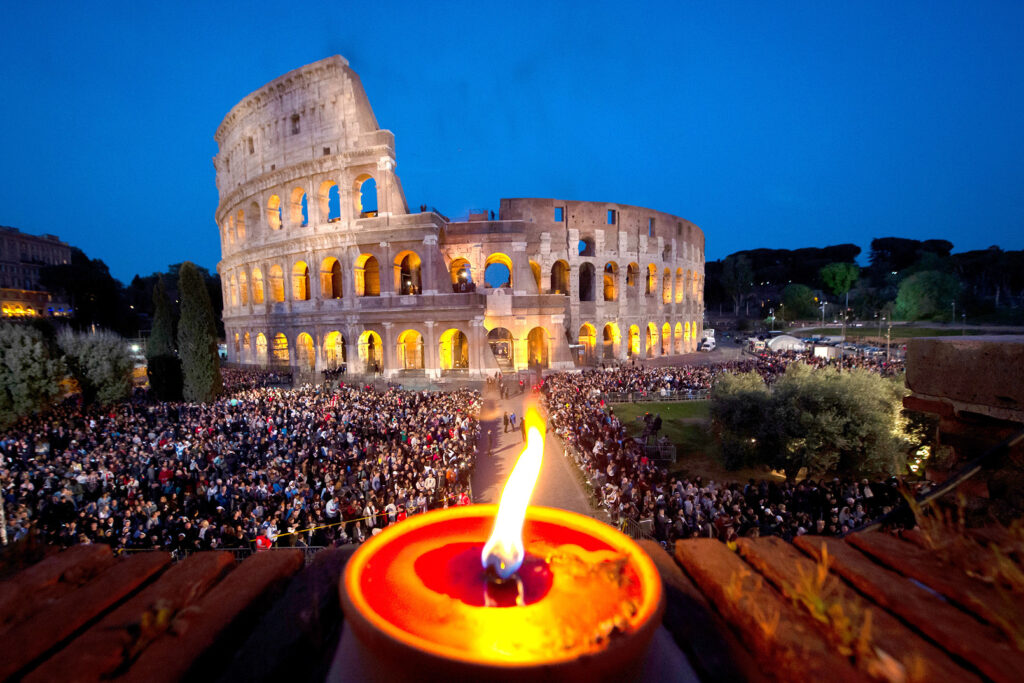
Understanding the symbols, words, and rituals behind these events is fascinating. From a secular perspective, it offers insight into a people’s culture, historical contexts, and the reasons behind certain customs. It allows us to interpret monuments and works of art that fill the world’s museums. In essence, learning these symbolic codes gives us a deeper understanding of the world around us.
The Holy Door of St. Peter’s itself, beyond its religious symbolism, is an interesting artifact. Contrary to what one might assume, it is actually quite modern—a surprising fact only if one does not know its history. Until a few decades ago, there was merely a brick wall, demolished every 25 years, with the Pope himself delivering the first three blows. In 1949, a competition was held to design a new door, won by sculptor Vico Consorti, who completed it in just 11 months in time for the Holy Year of 1950. His masterpiece consists of 16 sculpted panels depicting scenes from the Fall of Man to Christ as the Door of Salvation. Inspired by Pope Pius XII’s words, “Grant, O Lord, that this Holy Year may be the year of great return and great forgiveness,” the door was cast at the Ferdinando Marinelli Artistic Foundry in Florence. It was a gift from Francesco von Streng, Bishop of Lugano and Basel, as an offering of gratitude for Switzerland being spared from World War II.
The first Holy Door in history, which could serve as another stop on a Jubilee pilgrimage through Italy, is found at the Basilica of Santa Maria di Collemaggio in L’Aquila, Abruzzo. Founded in 1288 by Pope Celestine V—the “Pope of the Great Refusal,” who was crowned here in 1294—the church hosted the first Jubilee in history, established by the Bull of Pardon on September 29, 1294. This event, known today as the Perdonanza Celestiniana, has been recognized by UNESCO as part of the world’s intangible cultural heritage. The second Holy Door was created in 1423 for St. John Lateran, while the first documented instance of the rite of opening the Holy Door at St. Peter’s Basilica dates back to Pope Alexander VI in 1500.
In addition to St. Peter’s and the other three Papal Basilicas—St. John Lateran, St. Mary Major, and St. Paul Outside the Walls—many Holy Doors have been opened across Italy, from north to south, making it possible to experience Jubilee pilgrimages and religious tourism outside the usual routes. These paths will connect with less-traveled trails promoted by Turismo delle Radici (Root Tourism), as well as with traditional itineraries in Italy’s great art cities. Yet, Rome and Vatican City will inevitably remain the focal point.

Just steps away from Bernini’s colonnade lie the Vatican Museums, one of the most significant destinations of the Jubilee. Their extraordinary collection of art, with the Sistine Chapel as the crown jewel, offers an unparalleled journey through centuries of Christian history and sacred art, as well as the works of artists who masterfully captured the deep connection between faith and culture. But the Jubilee is also an opportunity to explore Rome’s magnificent Baroque churches, where dramatic grandeur and theatricality amplify the sense of emotion and devotion. Santa Maria in Trastevere, one of the city’s oldest churches, and Sant’Ignazio di Loyola, with its breathtaking frescoes, are must-sees. A visit to Rome’s catacombs is another essential experience, offering a rare glimpse into the early Christian world and its profound spiritual significance. Sites like the Catacombs of St. Callixtus and St. Sebastian not only reveal the origins of Christianity but also shed light on ancient burial traditions and the evolving relationship between faith and life after death.
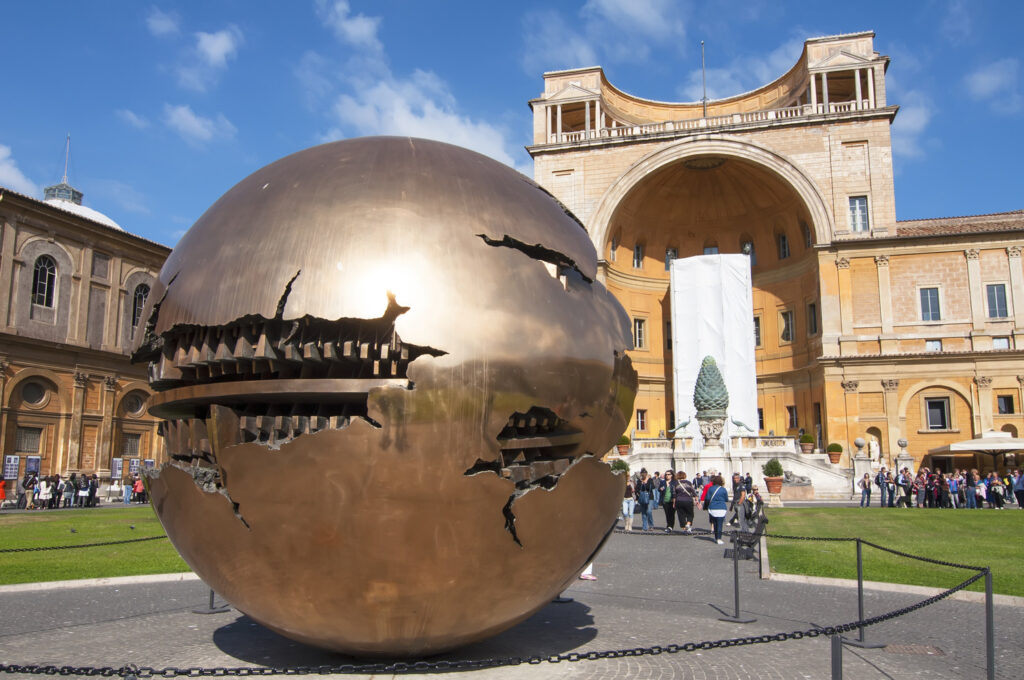
Since the beginning of the year, Rome has already welcomed an exceptional number of pilgrims, but it is not the only city preparing for record crowds. The combination of the Jubilee, Easter, and Italy’s springtime public holidays is expected to boost tourism across the country. Estimates suggest that Italy will see 35 million tourist arrivals, translating into 105 million overnight stays and $18.2 billion in tourism-related spending. A study commissioned by the Vatican and conducted by Roma Tre University even predicts that visitor numbers could reach 40 million, with at least 2 to 3 million travelers coming from the United States alone. According to data presented at the International Tourism Forum, the city of Rome expects to generate between 4.36 billion and $4.90 billion in revenue from the event.
The impact of the Jubilee will extend well beyond the capital, boosting tourism and the economy across Italy. Naples, for example, anticipates 18 million visitors, an increase of at least 4.5 million compared to 2024. Venice is also expecting a surge, with a projected 25% rise in overnight stays. “We are facing a 2025 full of challenges that we must turn into opportunities for growth and innovation, making Italy an increasingly attractive and sustainable destination for tourists from all over the world,” said Daniela Santanché, Italy’s Minister of Tourism.
In addition to the official Jubilee pilgrimage routes, parallel paths will also attract visitors, bringing further economic and cultural benefits. Slow tourism linked to faith-based travel will see a significant increase, particularly along historic pilgrimage trails such as the Via Francigena, which is expected to draw hundreds of thousands of additional travelers. In 2023 alone, Italy’s religious trekking routes, including the 300-kilometer Cammino di San Benedetto from Norcia to Montecassino, the 436-kilometer Cammino di San Francesco from La Verna to Rome, the 85-kilometer Cammino di Oropa in Piedmont, and the 518-kilometer Cammino della Pace from L’Aquila to Monte Sant’Angelo, attracted 150,000 pilgrims. With the added momentum of the Jubilee, these numbers are set to grow, making 2025 a year of profound spiritual and cultural significance, not just for Rome but for all of Italy.





